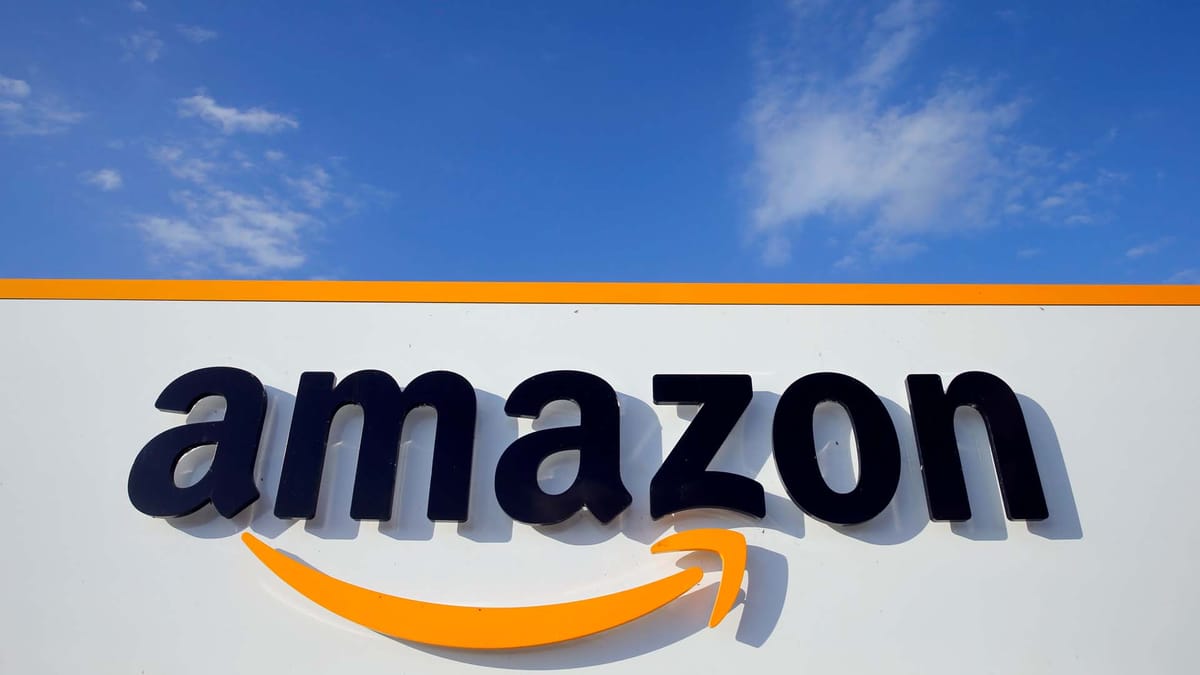Amazon, a behemoth in the technology industry, has recently announced a significant downsizing initiative impacting numerous employees within its cloud computing division. This decision comes amidst the backdrop of Amazon Web Services (AWS) experiencing substantial growth, now constituting a notable 14% of the company's overall revenue, as revealed in its latest financial disclosures.
While Amazon has been actively diversifying its business portfolio, including ventures into physical stores such as Amazon Fresh which debuted in 2020, the company is also reevaluating its operational strategies. Recently, Amazon disclosed plans to phase out its self-checkout system, Just Walk Out, from all its stores, signifying a shift in its retail approach.
The announced job cuts primarily target positions in sales, marketing, global services, and the physical stores technology team, encompassing several hundred roles. An AWS spokesperson emphasized the necessity of these decisions, characterizing them as challenging yet vital steps towards optimizing resources to drive innovation for customers.
Despite the reduction in certain areas, Amazon remains committed to growth and continues to emphasize recruitment efforts, particularly in core business domains. The company asserts the availability of thousands of job opportunities and pledges to assist affected employees in finding alternative roles within the organization.
These workforce adjustments will affect Amazon's operations globally, with a concentration of AWS roles based in its headquarters in Seattle. The company assures impacted employees in the United States of continued pay and benefits for a minimum of 60 days, assistance in securing new employment, access to transitional health benefits, and eligibility for severance packages. These measures aim to mitigate the impact on affected individuals and demonstrate Amazon's commitment to supporting its workforce during transitions.
Amazon, one of the world's largest employers, boasted a workforce surpassing 1.5 million full-time and part-time employees by the close of last year, a staggering figure that excludes contractors and temporary personnel. The company's expansive workforce underscores its significant presence and influence across various industries.
In its relentless pursuit of innovation, Amazon has directed substantial attention towards artificial intelligence (AI), particularly through its cloud computing division, Amazon Web Services (AWS). Notably, the tech giant recently demonstrated its commitment to AI advancements by investing in Anthropic, a startup specializing in safety and research in this field. This strategic move aligns with Amazon's broader vision of harnessing AI to enhance its operations and offerings.
The pursuit of AI dominance isn't exclusive to Amazon; other tech titans, including Microsoft, have also intensified their efforts in this realm. Microsoft's investment in ChatGPT exemplifies the industry-wide competition to bolster AI capabilities, as companies vie for supremacy in this rapidly evolving domain.
However, amidst the fervent push for technological advancement, Amazon has also encountered challenges, evidenced by its recent decision to implement significant workforce reductions across various subsidiaries. In January, the company made headlines with the termination of hundreds of jobs spanning subsidiaries such as Twitch, Prime Video, and MGM studios. The downsizing efforts affected over 500 Twitch employees, representing a significant portion of the streaming platform's workforce. This move underscores the dynamic nature of the tech industry, where companies must constantly adapt to shifting market dynamics and organizational needs.
The broader tech sector has similarly witnessed substantial workforce adjustments in recent years. According to data from US career consultancy Challenger, Gray & Christmas, the tech sector experienced a notable uptick in job cuts in 2023, with a staggering 168,032 positions eliminated—a stark 73% increase compared to the previous year. This trend underscores the sector's inherent volatility and the imperative for companies to navigate challenges while fostering innovation and growth.
As the tech landscape continues to evolve at a rapid pace, companies like Amazon must navigate a complex interplay of technological advancements, market competition, and workforce dynamics to maintain their position at the forefront of innovation and industry leadership.



Member discussion: